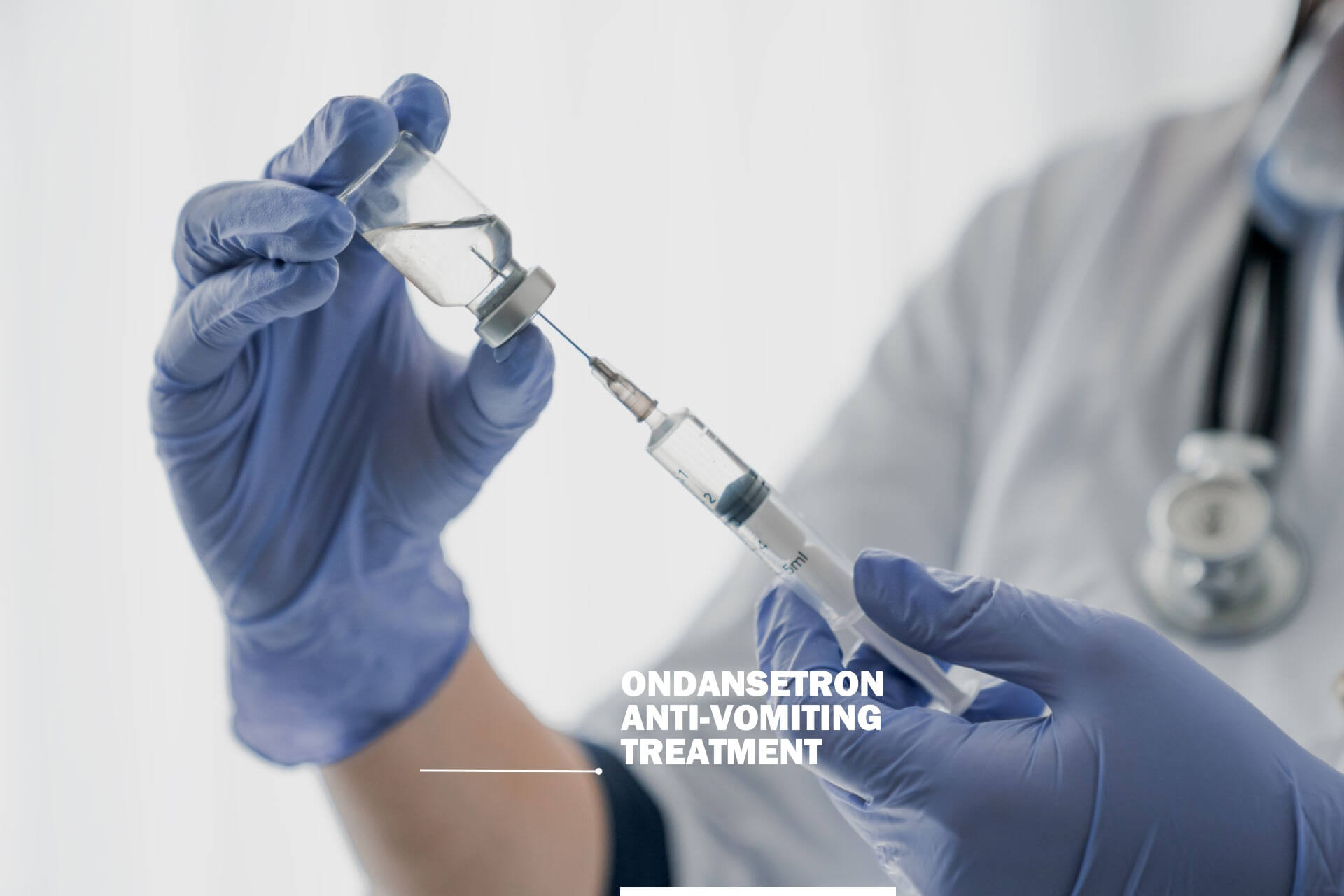🐾
Ondansetron HCl 🌟🤢
5-HT3 receptor antagonist and its
role in alleviating vomiting in animals. 🌿🐶🐱
Prescriber
Highlights
Uses and
Indications
Pharmacology
and Actions
Pharmacokinetics
Contraindications,
Precautions, and Warnings
Adverse
Effects
Reproductive
and Nursing Safety
Doses
Monitoring
Client
Information
Chemistry
and Synonyms
Storage
and Stability
Dosage
Forms and Regulatory Status
💊
Prescriber Highlights:
- Ondansetron HCl is a 5-HT3
receptor antagonist used to treat severe vomiting.
- It appears to be well tolerated
in dogs.
- Generic dosage forms of
Ondansetron are now available, providing more affordable options for treatment.
🌟
Uses/Indications:
Ondansetron HCl is primarily used
as an antiemetic when conventional antiemetics prove ineffective. It is
especially valuable when administering cisplatin or when dealing with causes of
intractable vomiting. However, its use in cats is somewhat controversial, with
differing opinions regarding its suitability for this species.
🔬
Pharmacology/Actions:
Ondansetron HCl works by acting
as a 5-HT3 receptor antagonist. These receptors are present in vagal nerve
terminals and the chemoreceptor trigger zone (CTZ), both peripherally and
centrally. While it's unclear whether Ondansetron's effects are mediated
centrally, peripherally, or both, it demonstrates efficacy in reducing
vomiting.
🔬
Pharmacokinetics:
Although limited pharmacokinetic
data specific to veterinary species is available for Ondansetron, it is well
absorbed from the gastrointestinal tract in humans. The drug undergoes some
first-pass hepatic metabolism and exhibits a bioavailability of approximately
50-60%. Peak plasma levels are reached about two hours after oral
administration. Ondansetron is extensively metabolized in the liver, with
elimination half-lives of about 3-4 hours, which may be prolonged in elderly
patients.
⚠️
Contraindications/Precautions/Warnings:
- Ondansetron HCl should not be
used in patients who are hypersensitive to the drug or other agents in its
class.
- It may mask ileus or gastric
distention and should not replace nasogastric suction.
- Caution is advised when
administering Ondansetron to patients with hepatic dysfunction, as the drug's
half-life may be prolonged.
- Herding breeds with a gene
mutation causing nonfunctional P-glycoprotein should receive Ondansetron with
caution due to its potential neurotoxicity.
💊
Adverse Effects:
Ondansetron HCl is generally well
tolerated. Possible adverse effects include constipation, extrapyramidal
clinical signs, arrhythmias, and hypotension, with an incidence in humans of
less than 10%.
🤰
Reproductive/Nursing Safety:
The safety of Ondansetron during
pregnancy has not been clearly established, although high-dose studies in
rodents did not show overt fetal toxicity or teratogenicity. In humans, the FDA
categorizes the drug as category B for use during pregnancy, indicating that
animal studies have not demonstrated risk to the fetus, but there are no
adequate studies in pregnant women. Exercise caution when administering 5-HT3
antagonists to nursing patients as Ondansetron is excreted in rat maternal
milk.
💊
Doses:
Note: The following dosage
information is provided for informational purposes only. Always consult a
veterinarian for the appropriate dosage for your specific pet.
🐶 Dogs:
- Adjunctive treatment of
pancreatitis: 0.1-0.2 mg/kg IV slowly
- When conventional antiemetics
are ineffective: 0.1-1 mg/kg PO every 12-24 hours or 30 minutes before and 90
minutes after starting cisplatin infusion
- Intractable vomiting associated
with Parvo enteritis: 0.11-0.176 mg/kg IV every 6-12 hours (based on patient
response)
- Antiemetic use: 0.1-0.2 mg/kg
IV every 6-12 hours or 0.1-1 mg/kg PO every 12-24 hours
- Adjunctive treatment of uremia:
0.6-1 mg/kg PO or IV every 12 hours, often combined with metoclopramide
🐱 Cats:
- Intractable vomiting when other
drugs are ineffective: 0.22 mg/kg 2-3 times a day
- Antiemetic for intractable
vomiting: 0.1-0.15 mg/kg slow IV push every 6-12 hours as needed
- Adjunctive treatment of severe
pancreatitis: 0.1-1 mg/kg PO or IV every 12-24 hours
👀
Monitoring:
Regular monitoring of clinical
efficacy is important to assess the response to Ondansetron HCl treatment.
💡
Client Information:
Ondansetron HCl is typically used
in inpatient settings to treat serious vomiting cases. It's important to follow
the veterinarian's instructions and ensure proper administration and
monitoring.
🧪
Chemistry/Synonyms:
Ondansetron HCl dihydrate is a
white to off-white powder soluble in water. It is also known as GR-38032F or
ondansetroni hydrochloridum. The brand name for Ondansetron HCl is Emistat.
🌡️
Storage/Stability:
Unless otherwise labeled, store
oral products in tightly closed, light-resistant containers between 2-30°C. The
injection should be stored between 2-30°C, protected from light.
💊
Dosage Forms/Regulatory Status:
Ondansetron HCl is not specifically
labeled for veterinary use. However, it is available in various human-labeled
forms, including tablets, orally disintegrating tablets, oral solution, and
injections.
Disclaimer: The information
provided here is for informational purposes only and should not replace
professional veterinary advice. Always consult a veterinarian for accurate
diagnosis and appropriate treatment options for your pets.












